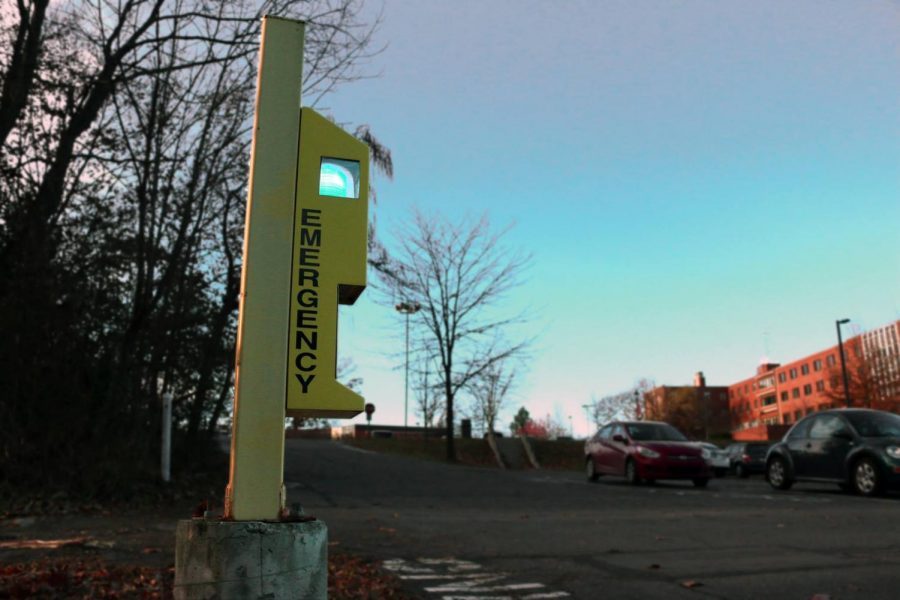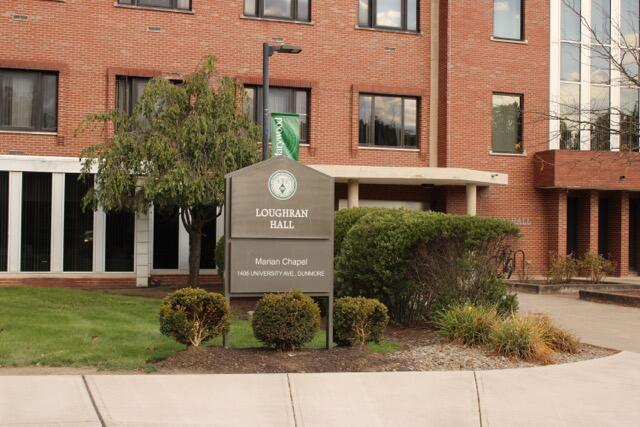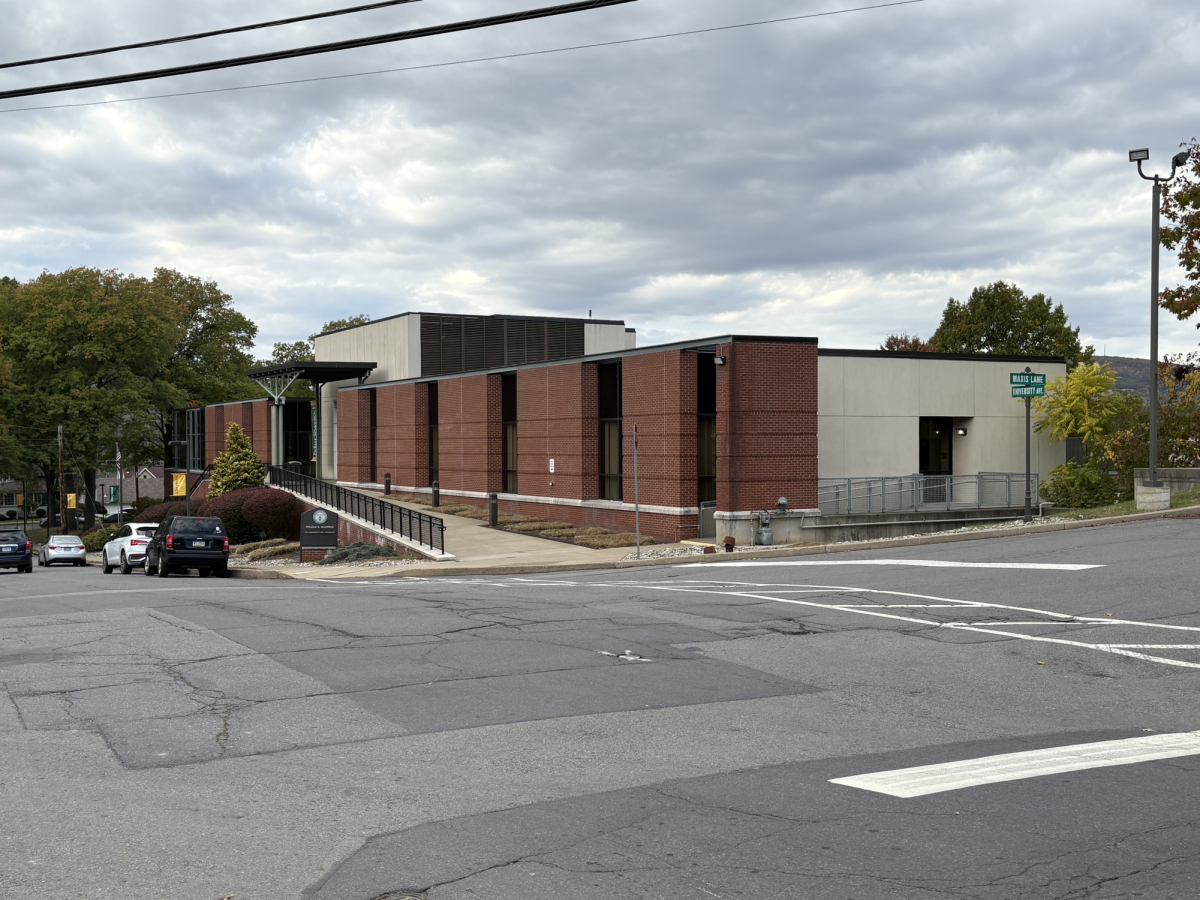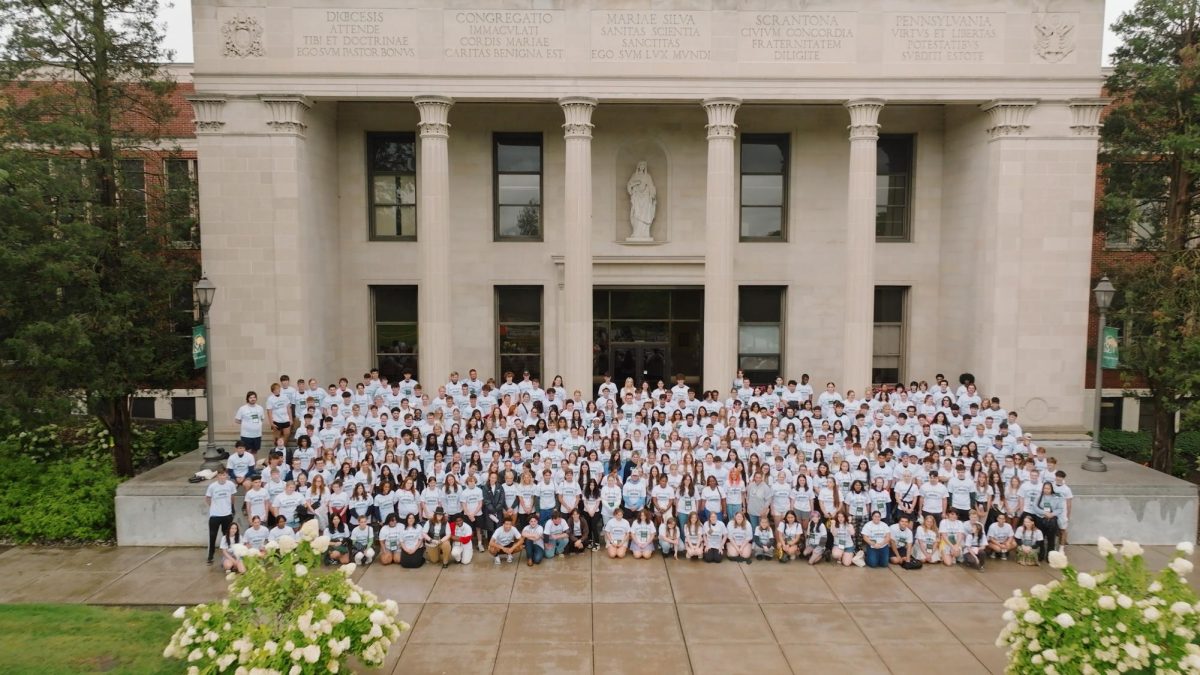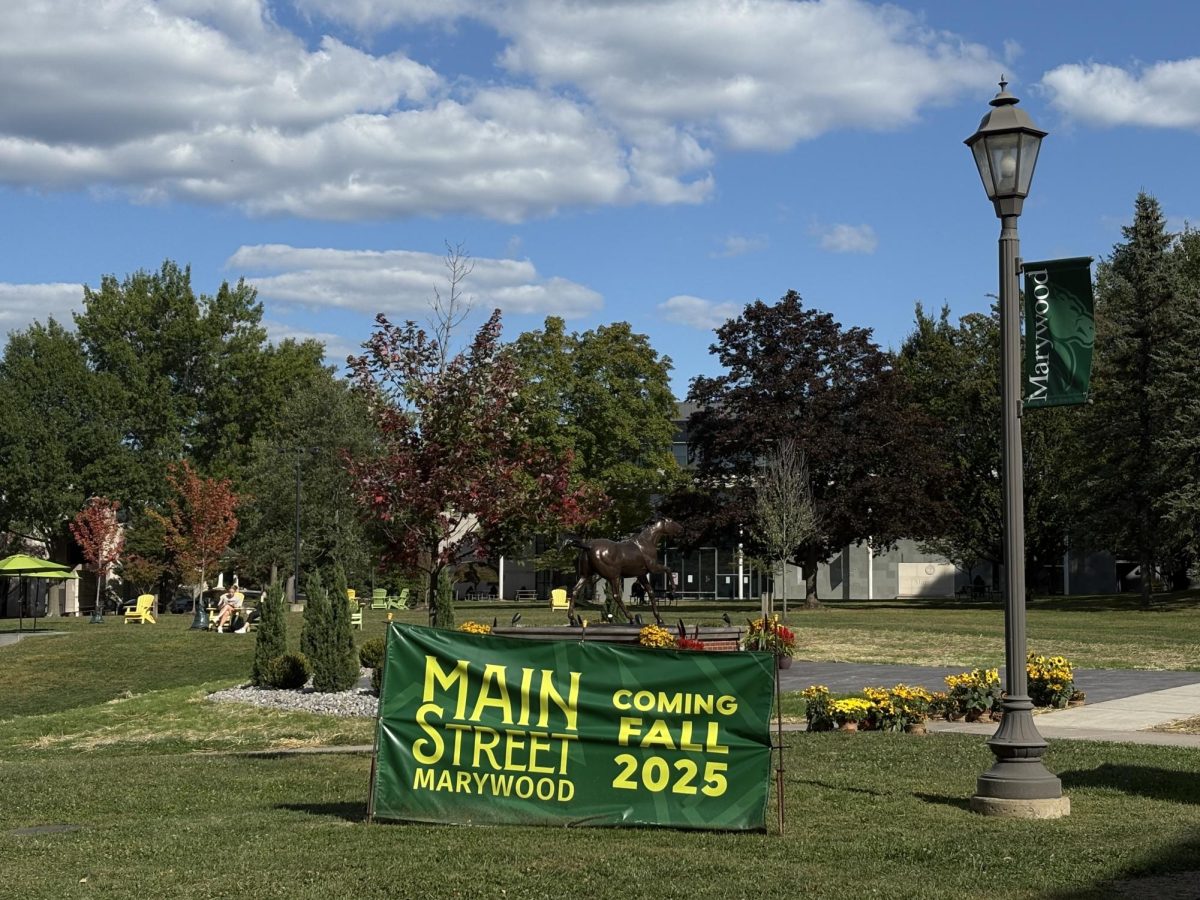The Safety Implementation Task Force is continuing work on safety and emergency response at Marywood.
The task force of representatives from various areas of the university formed last November with the goal of updating protocols, planning emergency drills and more after an incident involving an armed student on campus.
Members of the Marywood community participated in an active shooter drill last December during winter break. This April, the campus can expect another active shooter drill, according to Task Force Chair and Assistant Vice President for Buildings and Grounds Wendy Yankelitis.
The task force is giving a series of presentations around campus to prepare for the upcoming drill.
Yankelitis said in active shooter situations, people tend to look for one solution. These drills teach people to think and make decisions for themselves, she said.
“It’s an ever-changing protocol,” she said. “I think that’s what makes the active shooter so challenging and it needs to be practiced as often as we can.”
While presentations for faculty and support staff have been well attended, student presentations have not, according to Chief of Campus Safety Mike Pasqualicchio.
Pasqualicchio said he is interested in conducting these presentations each semester and considering changing the time to improve student turnout. He will give another presentation on Monday, March 26 at 8 p.m. in Nazareth Upper Main Dining Hall.
The task force is also conducting research that could lead to potential changes within the campus safety department.
During last semester’s active shooter drill, Marywood President Sr. Mary Persico, IHM, Ed. D, said the university would look into the possibility of arming Marywood campus safety officers.
Yankelitis said the task force is hoping to make a recommendation on arming campus safety officers to Vice President of Business Affairs Tammy McHale within the next one to two months based on research of pros, cons and what other local universities have adopted.
Persico said there are positive and negative aspects on both sides of the debate over arming campus safety officers, and it’s a subject that needs to be studied.
“I hate to think of us having to have an armed person on campus because that’s not who we are in terms of our mission and core values,” Persico said. “On the other hand, I would never say that our students’ safety is not first, so it’s just an ongoing debate.”
An incident command team is also receiving training, Yankelitis said. This team consists of cabinet members who figure out how to recover from emergency situations on campus, which she said requires a systematic approach.
On the university’s website, members of the Marywood community can access the revamped Campus Safety page with a new shortcut on the bottom of the homepage.
With this change implemented by the task force, a desktop reference gives easy access to emergency plans, evacuation guides, contact information and more.
An ongoing piece of the task force’s work is researching other emergency messaging systems to see if the e2Campus system is the right fit. According to Yankelitis, the task force is also working with Marywood web administrators to develop a link where students can communicate back to emergency messages to “check in” and let others know they are safe.
The task force also updated Marywood’s emergency plans. Yankelitis said since the protocol itself was “pretty sound” already, the task force mainly updated the people assigned roles in the plans.
Yankelitis said the Safety Implementation Task Force will likely stay active in the near future, but eventually transfer their progress to the Safety Committee. Pasqualicchio, a member of both groups, will serve as a liaison during the transition.
Briana Ryan contributed to this article.
Contact the writer: [email protected]
Twitter: @BWilliamsTWW



